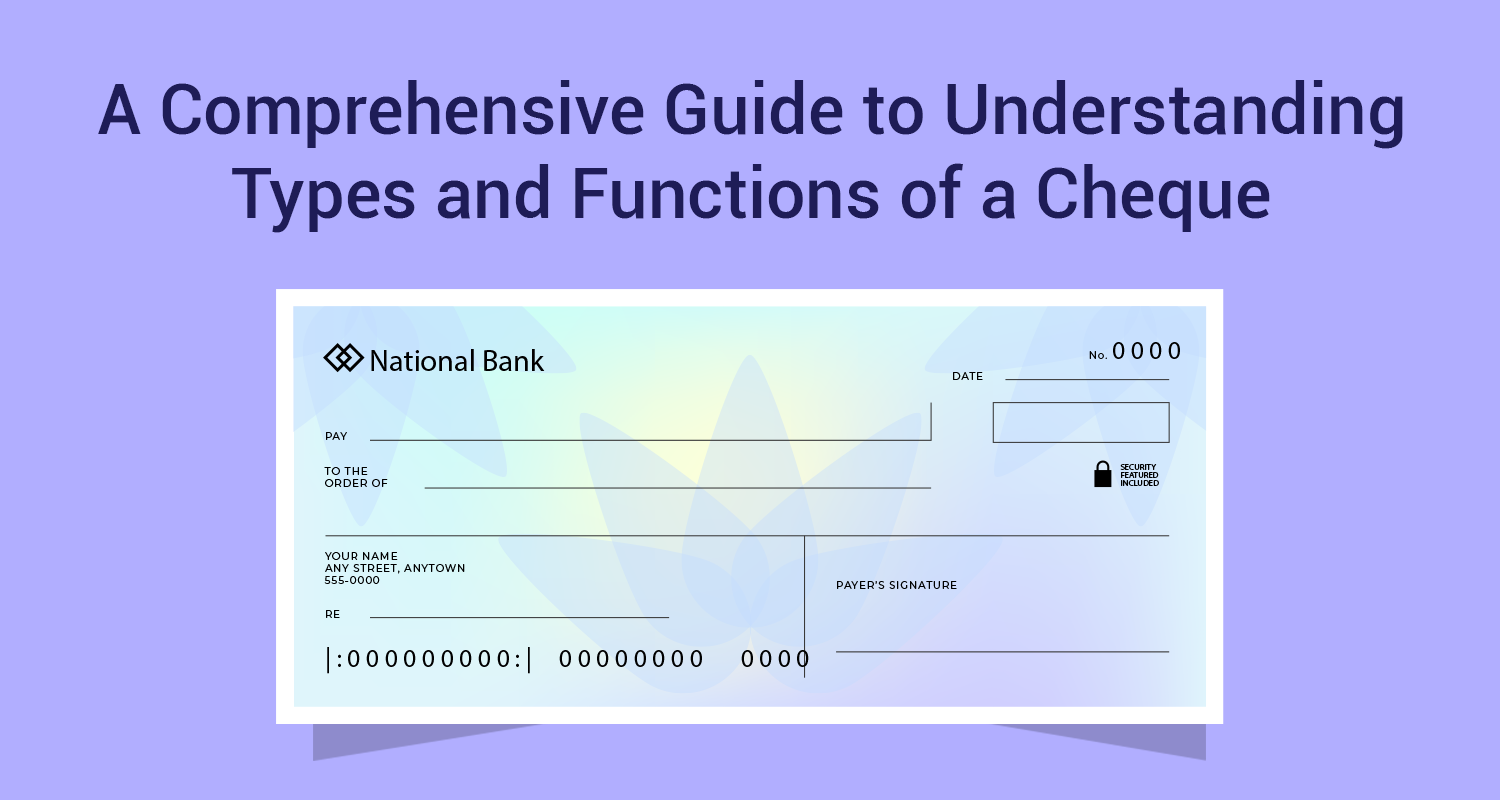How to Decide Between Growth and Dividend Funds?

When you invest in a mutual fund, you have a choice of plans. You can either opt for a growth plan, dividend plan or a dividend reinvestment plan. Since the reinvestment plan does not offer any unique advantages, it is not too popular in India. Hence our discussion focuses on the dividend payout plan and the growth plan.

Dividend plan versus growth plan â what does it mean?
Growth and dividend plans are two alternate ways in which the fund returns money to fund holders. Here the fund dividends are slightly different from dividends paid out by companies. The dividend paid out by a fund in its dividend plan will exactly reduce the NAV of the plan by that amount. On the other hand, the growth plan does not pay out any dividends. All earnings of the fund are again reinvested back into the plan and thus it enhances returns through reinvestment of returns. The NAV of the dividend plan will be lower than the growth plan since the dividend payout reduces the NAV proportionately. Look at the table below:
|
Plan |
NAV pre-Dividend |
Dividend |
NAV Post Dividend |
Total Returns |
Wealth Effect |
|
Dividend Plan |
Rs.120 |
Rs.10 |
Rs.110 |
Rs.20 |
Rs.20 |
|
Growth Plan |
Rs.120 |
Nil |
Rs.120 |
Rs.20 |
Rs.20 |
As can be seen from the above table, the wealth effect is the same irrespective of whether you opt for the growth plan or the dividend plan. Then how do you make a choice?
1. Are you looking at payouts or reinvestment
This is largely contingent on what your needs are. If you are just looking at a long-term investment, then a growth plan will work fine. But if you are looking at regular flows then a dividend plan may be better. In equity funds, dividends are uncertain so investors who are looking at dividend payouts will normally prefer debt funds or MIPs where the regular payouts are relatively more predictable. Many investors also look at dividends plans in case of tax saving funds since that unlocks some of the funds during the 3-year lock-in period. Your choice must be made purely on what objective you are looking at.
2. What fits better into a long-term financial plan
The ideal way to start investing in mutual funds is to start with the end goal in mind. Once the goal is crystallized, the next step is to tag SIPs or mutual fund investments to this goal. When you are tagging a mutual fund to a goal, the first step is to determine whether it is a short-term goal, medium-term goal or a long-term goal. You normally tag debt funds with medium-term goals and equity funds with long-term goals. When you tag funds to goals, the first endeavour is to create wealth through reinvestment and that happens better in growth funds. Dividends reduce your NAV and hence reduce your wealth creation capacity in the long run. This is more so for equities. When you are looking at long-term plans, always prefer growth plans over dividend plans.
3. Understanding the tax implications of dividends and capital gains
When a fund declares dividends, there is no tax on dividend receipts. But there is a dividend distribution tax (DDT) that is deducted by the fund while paying out dividends. In case of equity funds, it is 11.648% while in the case of debt funds it is 29.12%. The dividends are paid out a net of DDT. What about capital gains?
Capital gains are taxed at different rates for equity and debt funds depending on whether it is short term or long term. In the case of debt funds, LTCG is taxed at 20% with indexation while STCG is taxed at your peak rate. In case of equity funds, LTCG is taxed at 10% without indexation (effective Budget 2018) while STCG is taxed at 15%. You need to factor in these tax implications while opting for dividend plans versus growth plans.
4. Which category of investor do you belong to?
That is also an important consideration while making a choice. If you are a young investor looking to build a large corpus of money over a longer time frame then growth plans should be your obvious choice. But what if you are a retired person relying on mutual funds payouts for meeting your regular expenses? In that case, you need to realize that any dividend payout in a debt fund will attract 29.12% DDT, which almost makes as steep as STCG on debt funds. The other option is to prefer a systematic withdrawal plan (SWP), in which case you will be only taxed on the profit component.
Disclaimer : The information in this blog is for general purposes only and may change without notice. It does not constitute legal, tax, or financial advice. Readers should seek professional guidance and make decisions at their own discretion. IIFL Finance is not liable for any reliance on this content. Read more



